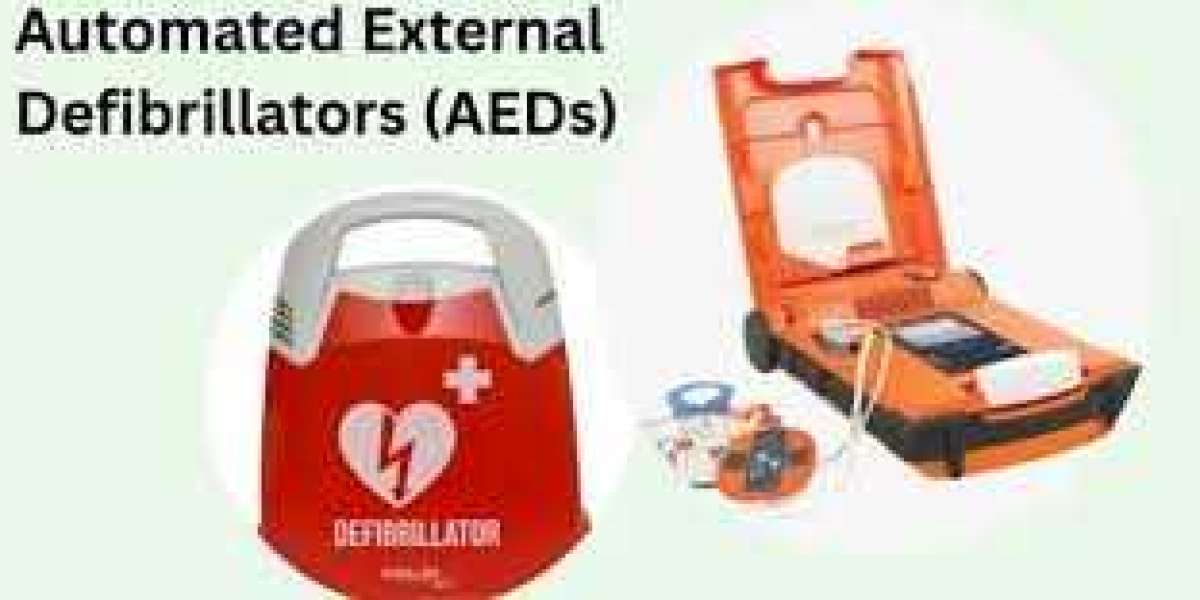Having an automated external defibrillator (AED)at home can be a lifesaving investment for your family. Sudden Cardiac Arrest (SCA) can strike anyone, regardless of age or physical condition, and the chances of survival decrease by 10% for every minute that passes without defibrillation.
By having an AED readily available, you can significantly increase the chances of survival for a loved one in the event of an emergency.
Why Every Home Should Have an AED
1. Sudden Cardiac Arrest Can Happen at Any Time
SCA is a leading cause of death in the United States, with an estimated 350,000 cases occurring outside of hospitals each year.
It can happen due to a variety of reasons, including heart disease, trauma, or drug overdose. Having an AED at home can provide a crucial first line of defence against this life-threatening condition.
2. Time is Critical
Every minute counts during an SCA, and the chances of survival decrease by 10% for every minute that passes without defibrillation.
By having an AED readily available at home, you can significantly reduce the time it takes to deliver a shock and increase the chances of survival for your loved one.
3. AEDs are Easy to Use
AEDs are designed to be user-friendly, with simple instructions and voice prompts that guide the user through the process of using the device.This means that anyone, even those without medical training, can use an AED to save a life.
4. AEDs are Cost-Effective
Compared to other medical equipment, AEDs are relatively inexpensive.The cost of purchasing and maintaining an AED is a small price to pay for the potential to save a life.
Choosing the Right AED for Your Home
When selecting an AED for your home, there are several factors to consider:
1. Ease of Use
Look for an AED that is easy to operate, with clear instructions and voice prompts that guide you through the process.The device should be intuitive and user-friendly, even for those with no prior medical training.
2. Portability
Choose an AED that is lightweight and portable, so that it can be easily moved around your home or taken with you in an emergency.This will ensure that the device is always within reach when needed.
3. Durability
Select an AED that is durable and reliable, with a long battery life and easy-to-replace electrode pads.The device should be able to withstand the rigours of home use and provide consistent performance in an emergency.
4. Warranty and Support
Look for an AED that comes with a comprehensive warranty and excellent customer support.This will give you peace of mind knowing that your investment is protected and that you have access to expert help if needed.
Where to Buy an AED for Your Home
CalMed Equipment is a trusted source for high-quality AEDs at affordable prices.They offer a wide range of devices, including the Philips HeartStart FRx AED and the Zoll AED Plus, both of which are ideal for home use.CalMed also provides excellent customer support and a range of accessories to ensure that your AED is always ready for use.
Maintaining Your AED for Home
Perform Regular Inspections
Conduct visual inspections at least once a month to check for any physical damage, loose connections, or signs of wear.
Ensure the AED is stored in a clean, dry environment.
Check the Battery Status
Check the battery indicator regularly to ensure it is adequately charged.
Replace the battery according to the manufacturer's instructions and end dates.
Some AEDs have rechargeable batteries that must periodic recharging or replacement after a specified period.
Verify Electrode Pad Expiration
Check the end dates on the electrode pads and replace them before they expire.
Properly functioning electrode pads are crucial for effective defibrillation.
Start Self-Tests
Most AEDs have a self-test feature that checks the internal components, battery, and electrode pads.
Perform self-tests as recommended by the manufacturer's instructions.
Pay attention to any error messages or warnings displayed during the self-test and follow the instructions provided.
Train and Educate Staff
Provide proper training to individuals responsible for maintaining and using the AED.
Ensure they are aware of the maintenance procedures, including battery replacement, electrode pad end, and self-test routines.
Stay Up to Date
Keep track of any recalls, software updates, or new guidelines issued by the AED manufacturer or relevant regulatory authorities.
Regularly review and install any necessary updates or changes to ensure your AED remains compliant and effective.
Conclusion of AED for Home
Having an AED at home is a critical investment in your family's safety. By being prepared for a sudden cardiac emergency, you can significantly increase the chances of survival for a loved one. With the right AED and proper maintenance, you can have peace of mind knowing that you are doing everything possible to protect your family's health and well-being.
Read more https://lms1.solaristek.com/








